Home Hi-Tech Android World ,,,,, While on the one hand there are increasingly thin and powerful smartphones, which look particularly at the aesthetic side, trying to minimize frames and eliminate unsightly elements, on the other there are the “rugged phones”, massive, imposing and resistant, often with a battery which makes its weight rise, but ensures unparalleled autonomy. This is the case of Oukitel K10, the calfskin terminal on the back, tested by Macitynet.
It is clear, when it comes to aesthetics, Oukitel K10 cannot keep up with the most modern smartphones on the market. It is really big and heavy, with dimensions of 167.4 x 78.5 x 13 mm and a weight of 283.5 grams. Keeping it in your pocket isn't impossible, but it's certainly not a featherweight. Even in the hand, during use, the weight is felt, and the 1.3 cm thickness does not go unnoticed. Net of personal tastes, in the rugged category, it is still among the most minimal, with screws in plain sight on the frame, but with a fairly minimal and clean front, where the large 6-inch screen stands out. Anyone looking for an aesthetically fashionable terminal, will have to stay away from the entire category of rugged phones, including this Oukitel K10, which has its characteristics that do not aim at external beauty. Nevertheless, on the back, the terminal uses calfskin, with a design reminiscent of the Vertu line, with a sort of pennant inside which the double photographic module is included.
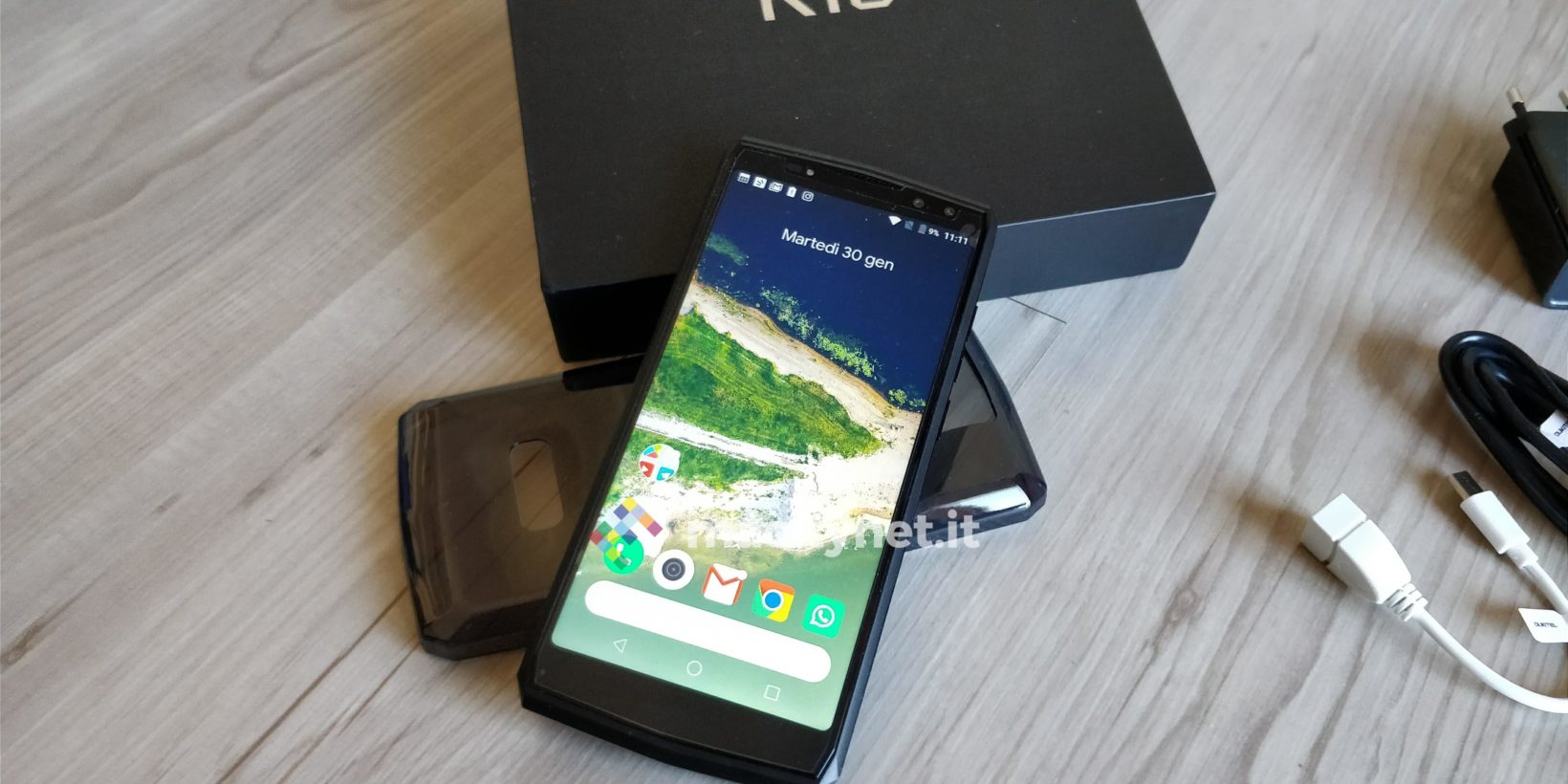
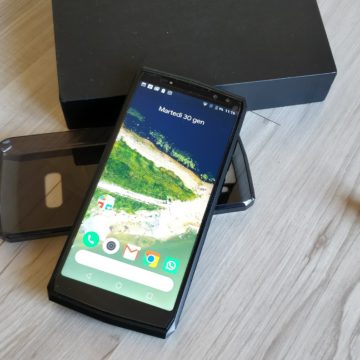
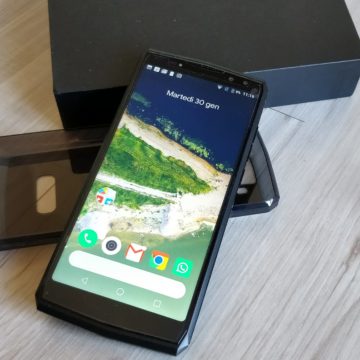
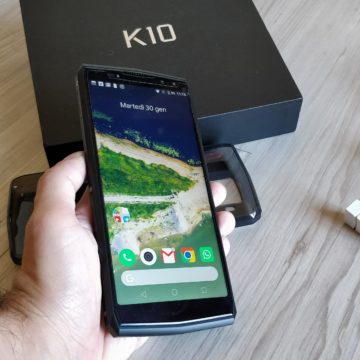
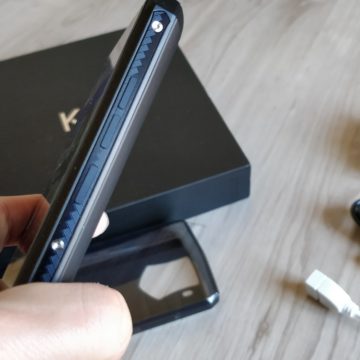
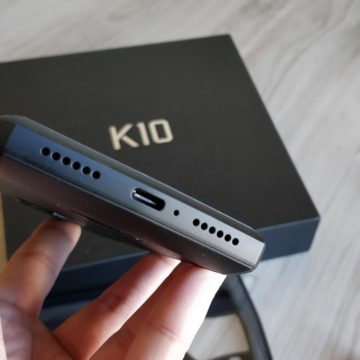
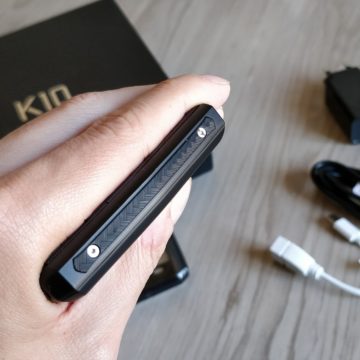
Battery and Autonomy
Before even analyzing all the technical characteristics, as we usually do during the review, it is good to focus attention on the main reason that could convince users to purchase the terminal: the battery. At a nominal level, the user will find himself in hand with an 11,000 mAh battery, practically a real portable power bank. This is what makes its weight rise dramatically, but at the same time guarantees up to 3 days of use.
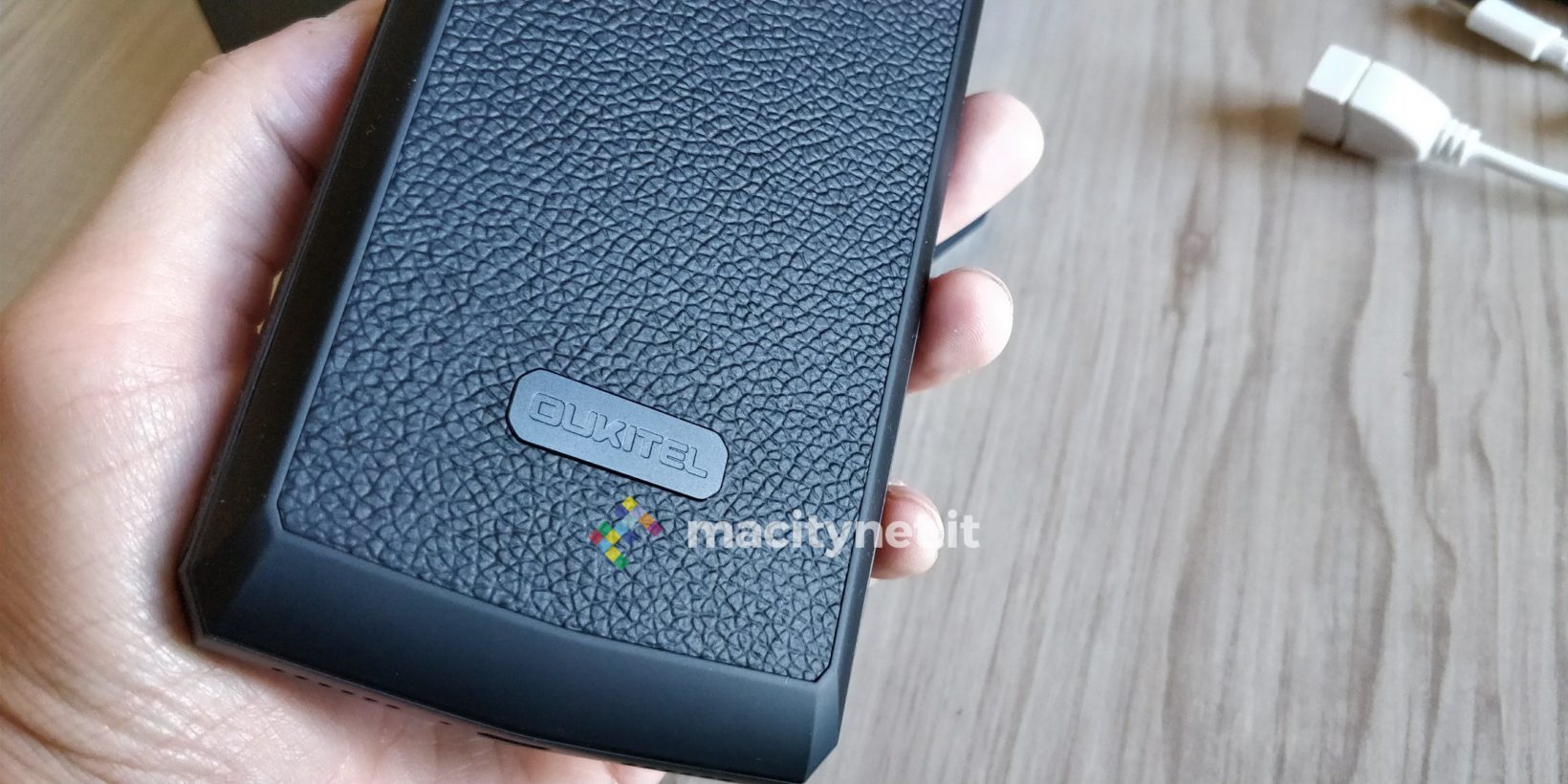
Of course, the autonomy of the smartphone changes according to use, but in general this 11000 mAh now works really well. After a first day of use (including initial setup and reset of all apps from the Google account), with massive use of WhatsApp and games (in the specific case of Clash Royale), the battery was still at 70%. Moreover, in the 24 hours indicated by the screens below, the night standby period with the terminal still active is also reported. The biggest concern when it comes to Chinese batteries is related to sudden drainage, and not always constant discharge.
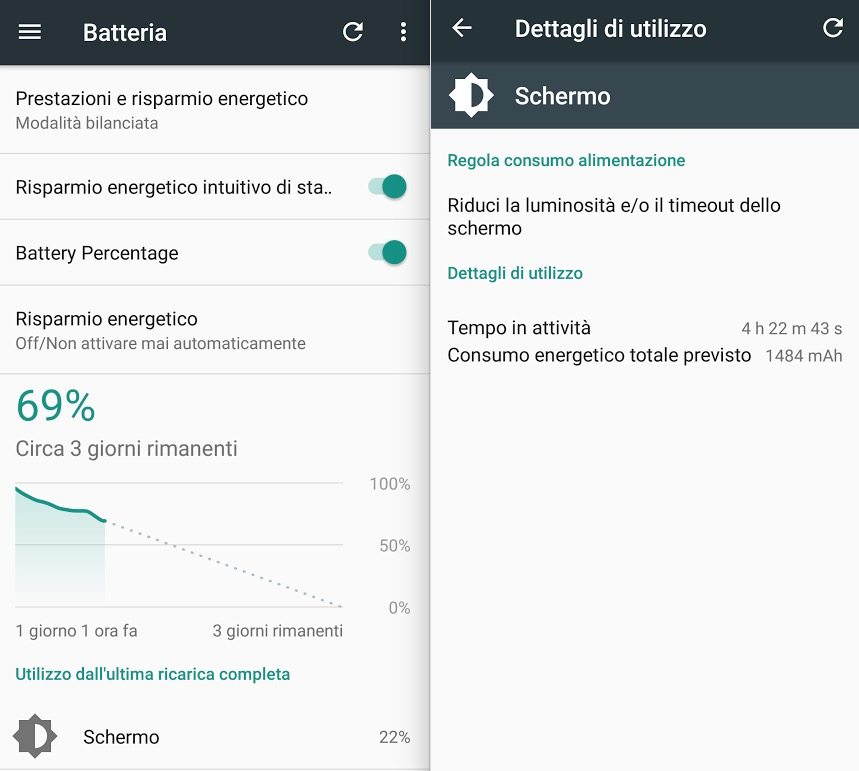 First day of use
First day of use
Fortunately, Oukitel K10 does not have these problems, a clear sign that even at the software level there has been a good optimization of the system. To completely discharge the battery we had to work really hard, almost transforming the terminal into a portable game console, thus making the most of the CPU and GPU. During our test, we had to wait over 2 and a half days to fully discharge the device. With normal use, we are confident that Oukitel can lead to more than 3 days, just as stated by the manufacturer.
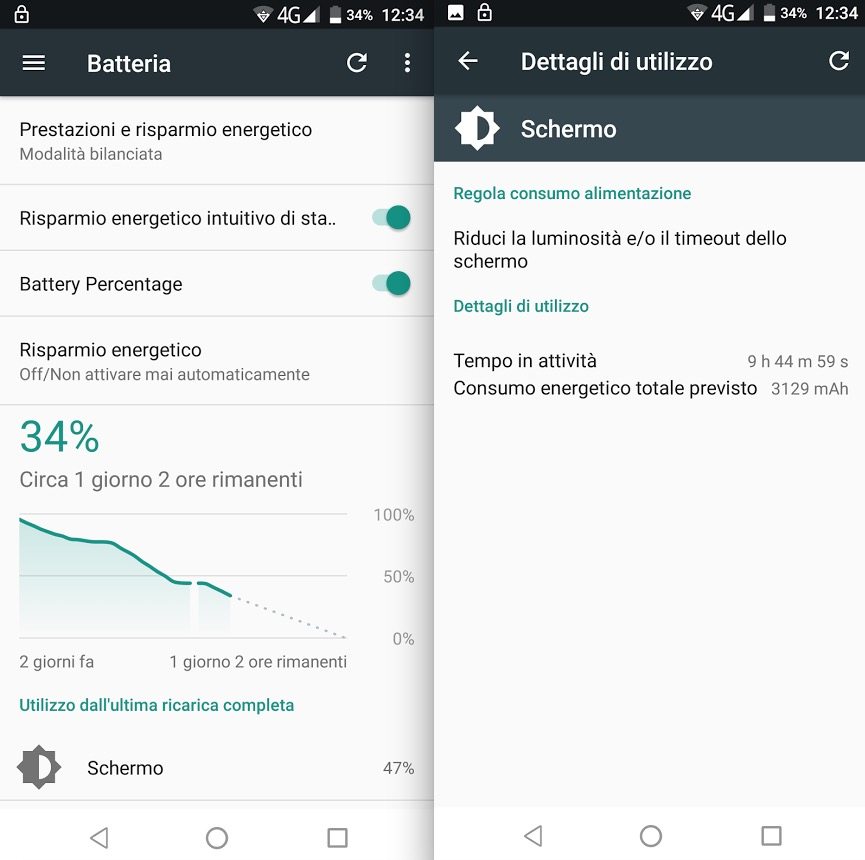 Second day of use
Second day of use
As for recharging, using the charger and the supplied cable, we were able to bring the terminal back to 100% in just over 2 hours and 20 minutes. This is an excellent result, considering the nominal power of 11,000 mAh; the result is possible, however, using only the equipment present inside the package, where there is, in addition to the USB C cable, also a 5v / 5A power socket.
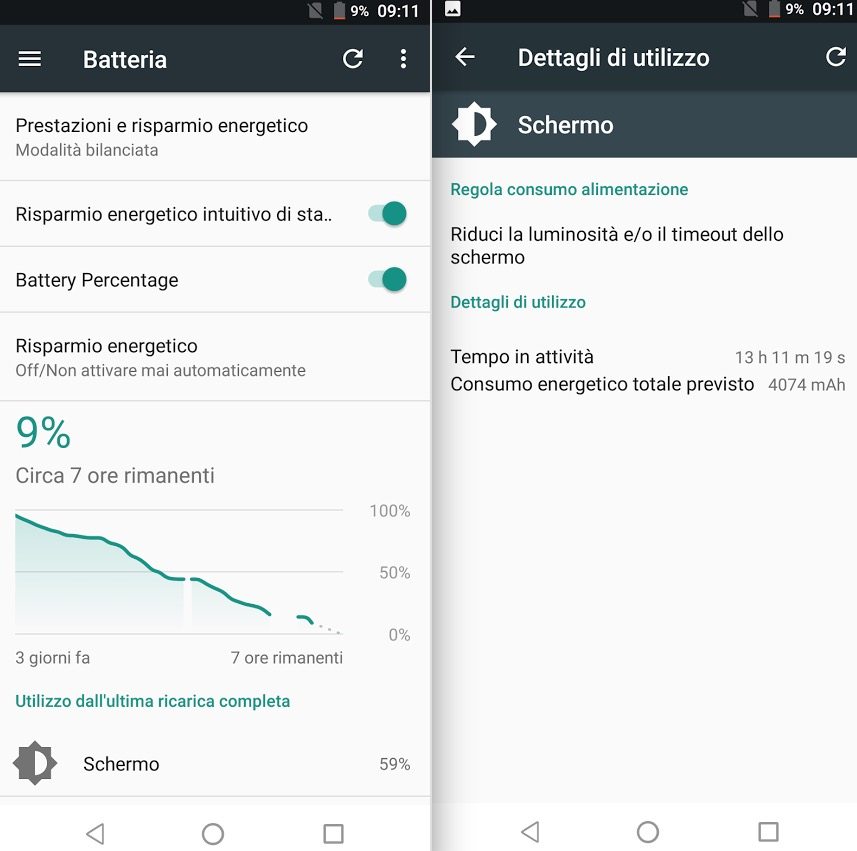 Third day of use
Third day of use
Battery and autonomy, needless to deny it, is the main reason for choosing this terminal, which allows it to be used for the entire weekend, without having to keep up with power cables or external batteries.
Technical features
The data sheet is from the medium range, in which 6GB of RAM and, at least on paper, the camera data (which in everyday life returns only enough photos) stand out. Oukitel K10 has a 6-inch screen, with LCD technology, and an aspect ratio of 18: 9, with Full HD + resolution (1,080 x 2,160 pixels). The CPU is a MediaTek Helio P23 (MT6763), octa-core up to 2.0 GHz, flanked by a Mali-T880. 21MP + 8MP rear camera with f / 2.0 aperture and flash, 13MP + 8MP front camera with flash. In terms of connectivity, the terminal is dual SIM, 4G, LTE, WiFi 802.11 b / g / n, Bluetooth 4.2, GPS, USB-C, NFC, and OTG support. On the battery, the real protagonist, it has already been said: 11,000 mAh with 5V / 5A fast charging. Among other features, there is no lack of gravity, proximity, brightness sensors, gyroscope, fingerprint reader and even a sort of Face ID on which you will return at a later time.
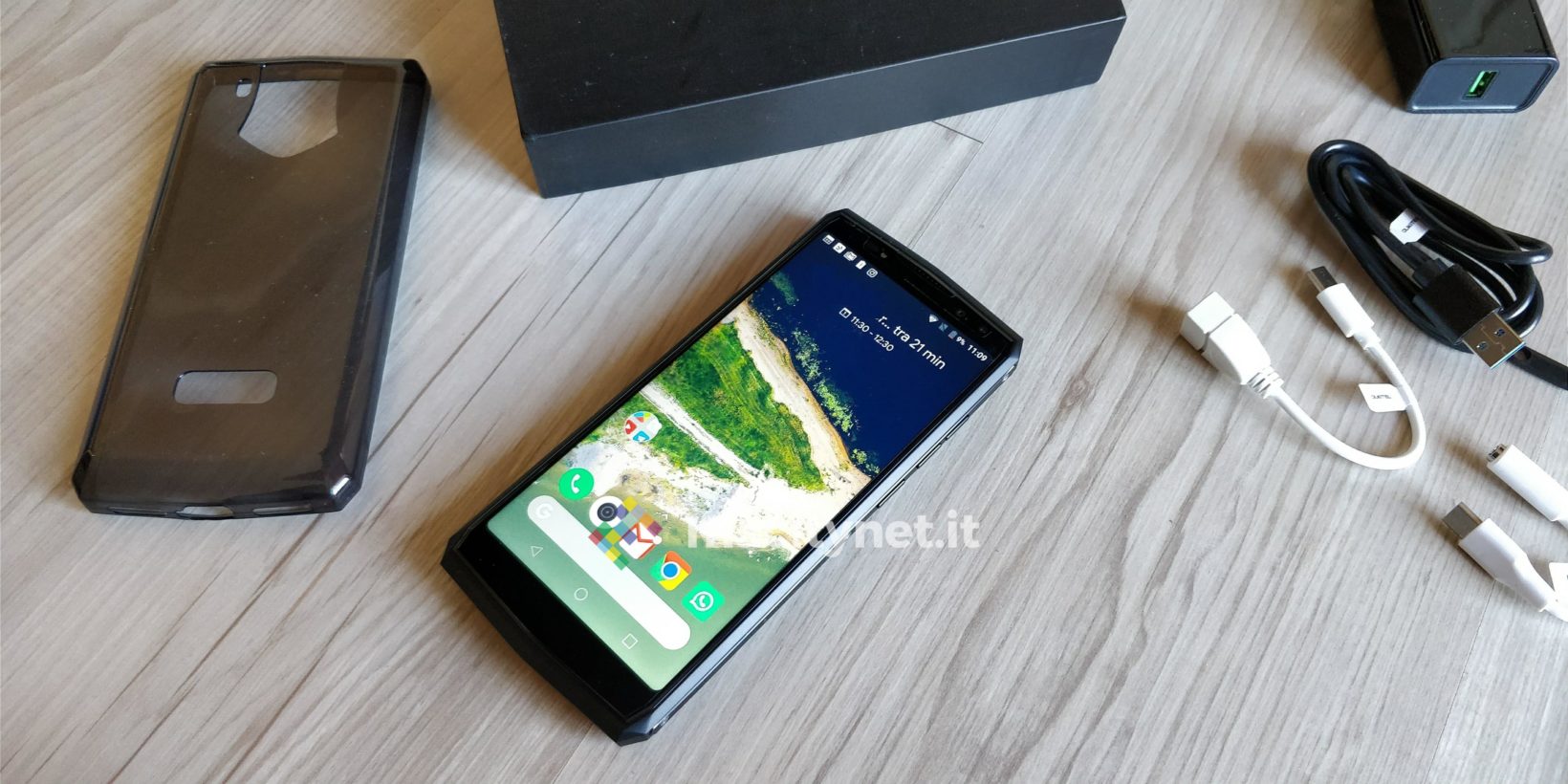
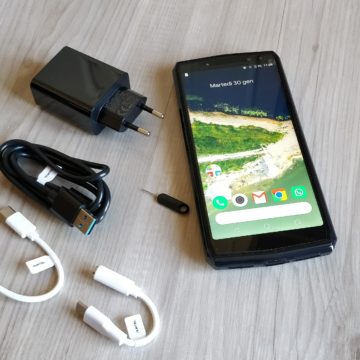
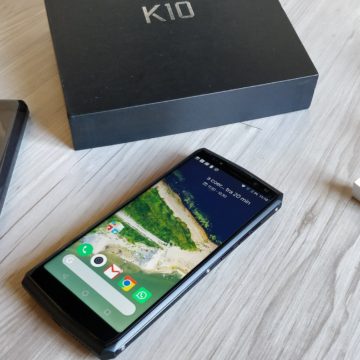
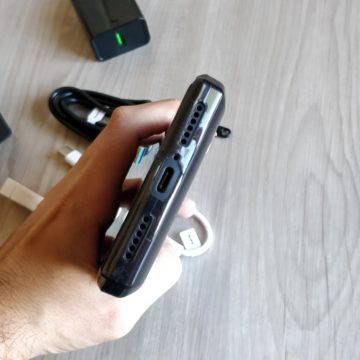
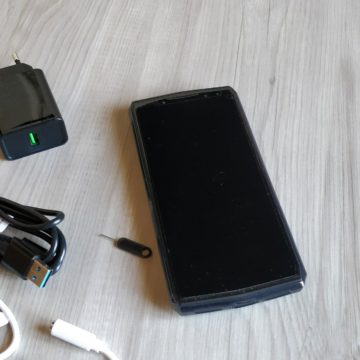
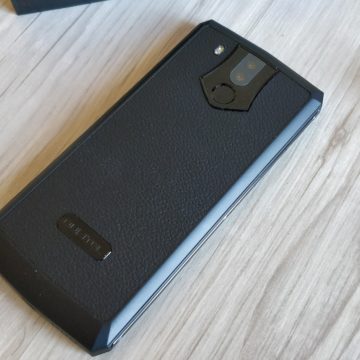
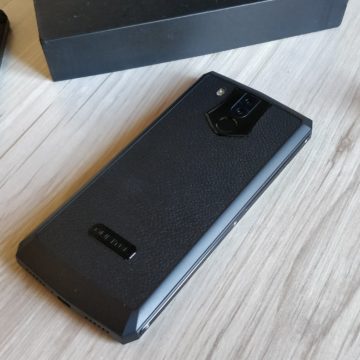
In daily use there are no slowdowns and the terminal allows you to take advantage of the entire Android ecosystem without particular limitations. You surf well, all the messaging apps work, the notifications are always on time, even the games we tested started without any problems and, in general, the graphical interface is always fluid. It becomes a little heavier, with some small lag, when the one-handed mode is activated, which reduces the size of the screens, so that you can reach any point of the UI with a finger. Thanks to the 6GB of RAM, even with several apps open in the background, the terminal is always quite responsive.
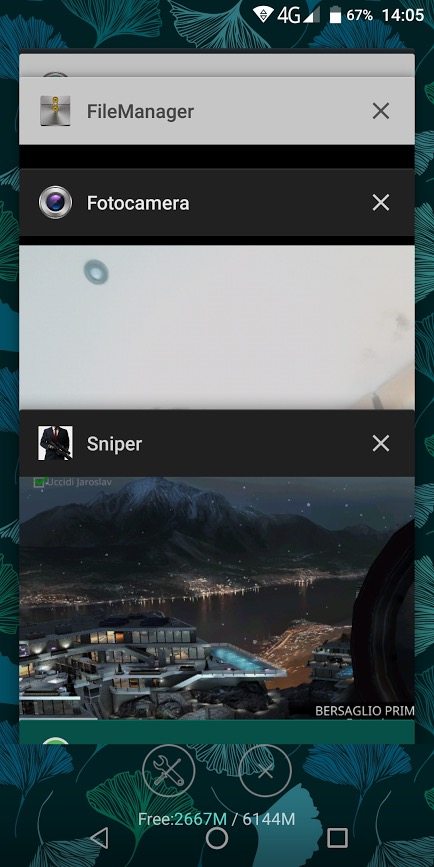
Present, as already mentioned, fingerprint sensor, placed on the back under the double photographic module, in addition to the Face ID unlocking: activating the latter will automatically deactivate the one with the fingerprints. Face ID, as easily imagined, is more of a marketing reminder than a truly usable feature. After scanning our face with glasses, the terminal struggled to recognize us without glasses, even in good light conditions. In short, it is not an unlocking system that you can rely on over time. Touch ID works slightly better: it's not fast, but it unlocks the terminal 7 times out of 10, as long as you place your finger flawlessly.
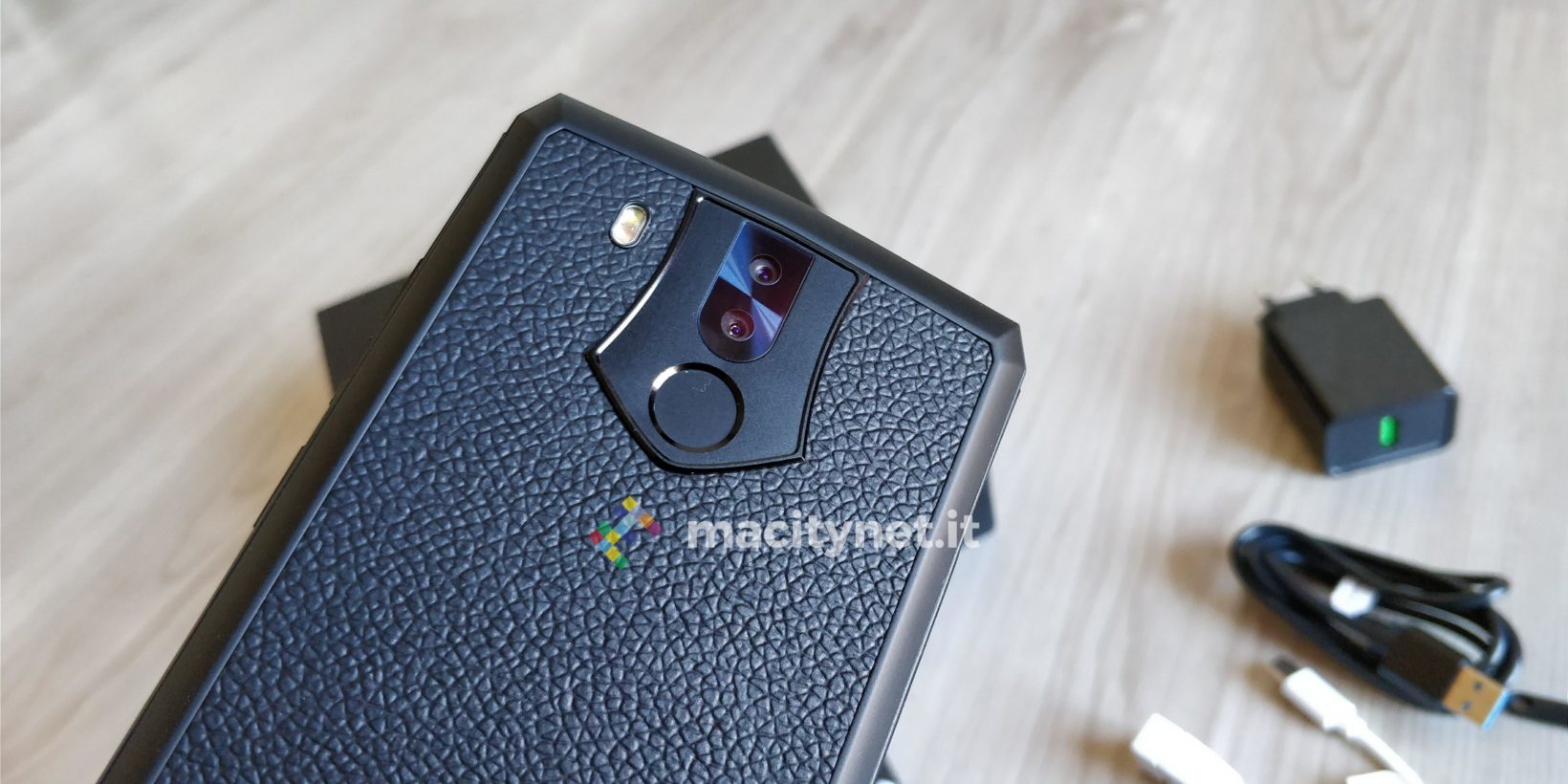
The display is very bright, perhaps a little too much, even when the brightness is turned down to a minimum. It always remains low in contrast, as if it were slightly dazzled, in any condition. Overall it is not bad at all, and will certainly appeal to those who love bright colors, and particularly high brightness. Adaptive brightness doesn't work particularly well, it seems a bit lazy and slow in adjusting the brightness level.
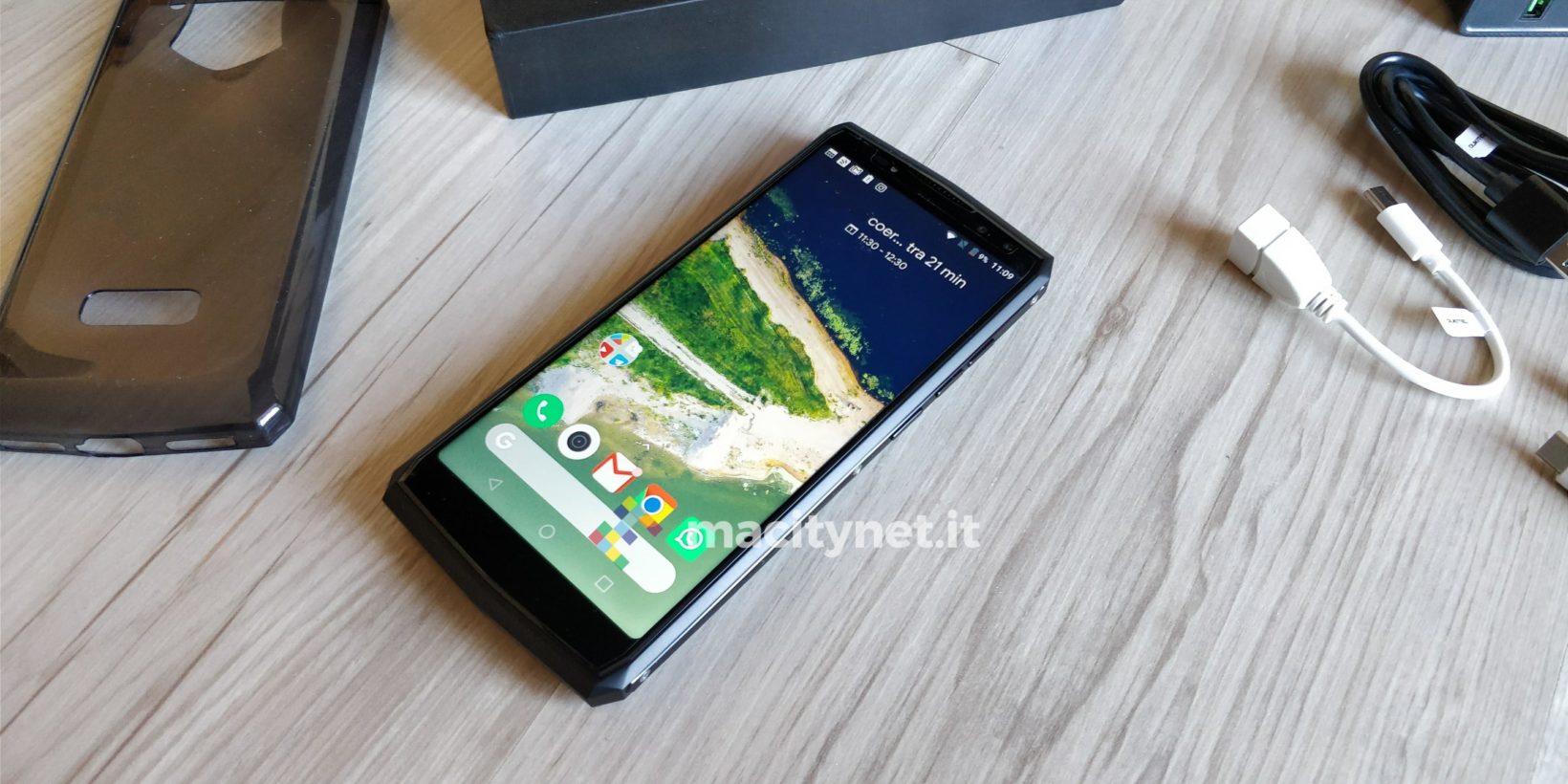
At the reception level, we have not encountered problems of any kind, nor signal drops: we have navigated, as usual, in 4G, regardless of our movements. The capsule audio is good, the conversations are very clean. As for the speaker, it offers a particularly high volume, the audio is not very full-bodied, but also as a speaker Oukitel K10 works quite well: even in this case the battery will ensure a rather long-lasting music reproduction.
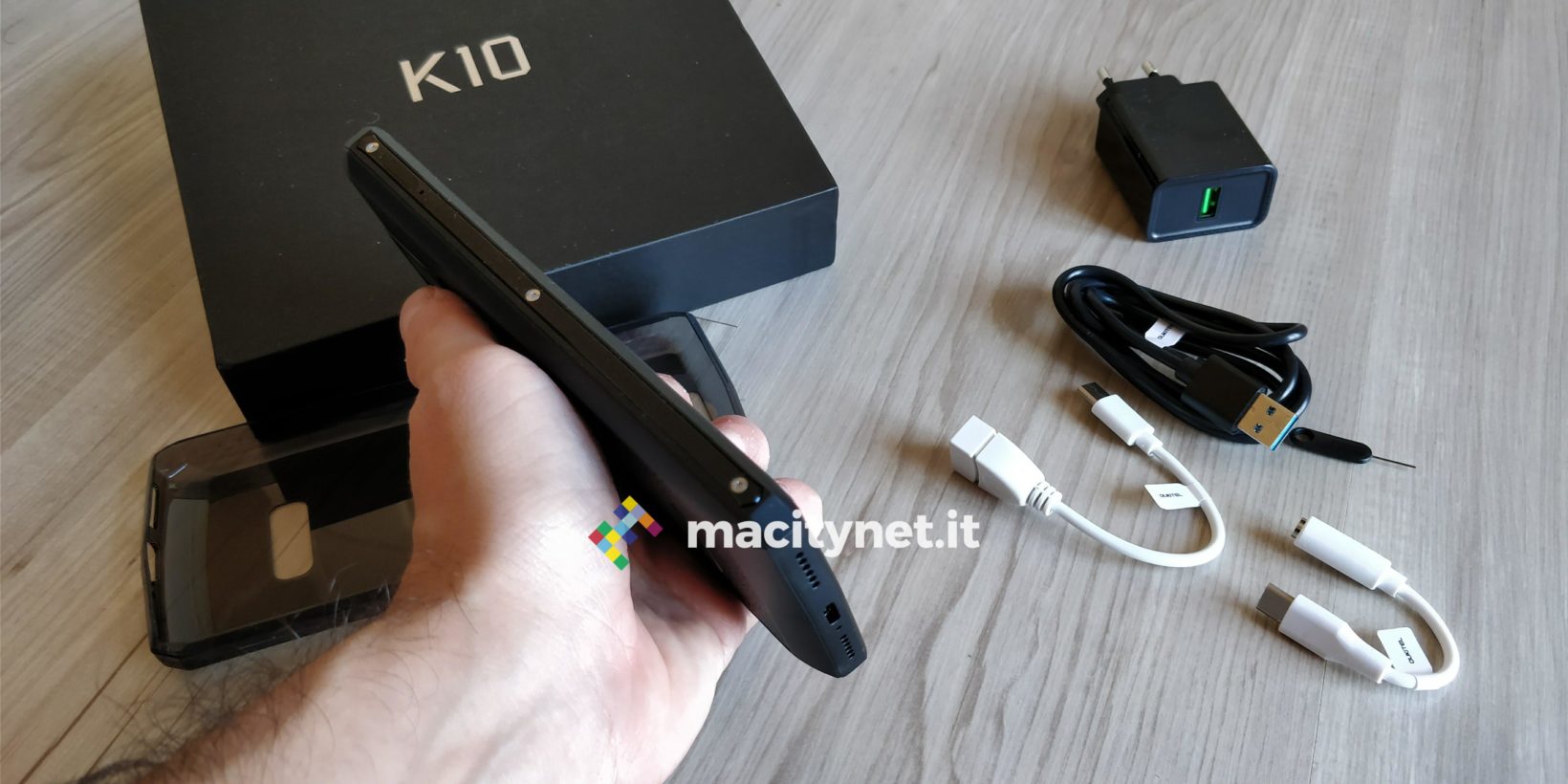
Camera
Leaving aside the numbers on paper, Oukitel K10 will certainly not replace a compact, nor will it be able to equal the more expensive mid-range. However, in excellent light conditions it manages to take sufficient shots. The focus is particularly slow, but it works. When shooting, the colors are calibrated towards dark tones, both when looking at the image on the display, and when opening it on the computer. The front camera is not particularly performing, and even if with flash, selfies in the dark are certainly insufficient. As usual we leave you with a roundup of photos taken with this terminal, which does not have one of the strong points in the multimedia department.
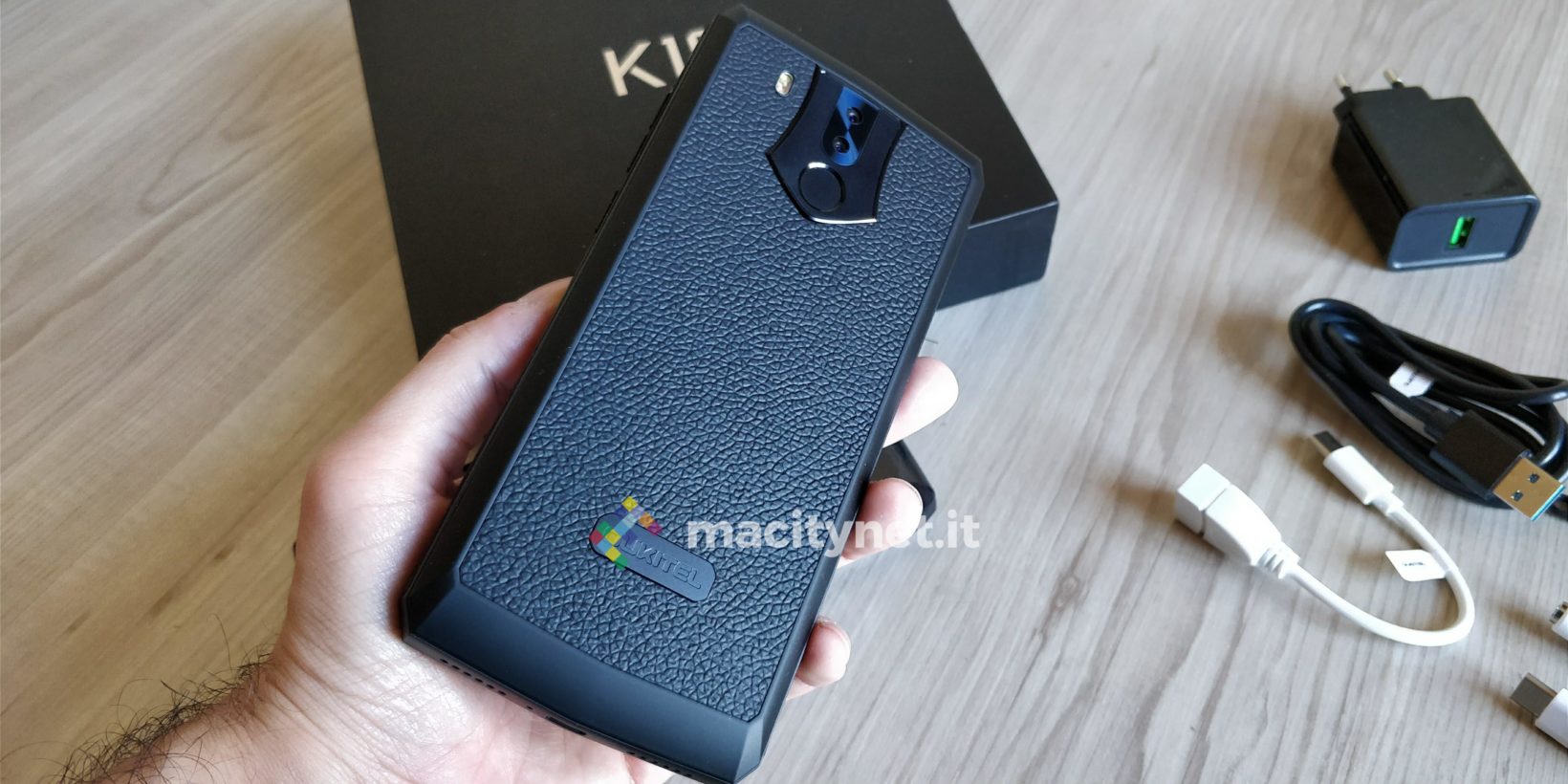






Conclusions
Oukitel K10 has a battery, and an autonomy, exaggerated. This is the characteristic that must weigh in the choice of the terminal. It is heavy, bulky, but it also lasts 3 days. In terms of technical characteristics, it is in line with the medium range, and can be used in everyday life without any problem.
On the official website it is offered at 249 euros; the link refers to the GearBest store, where it is available in black, or with gold inserts.
PRO
AGAINST
,





